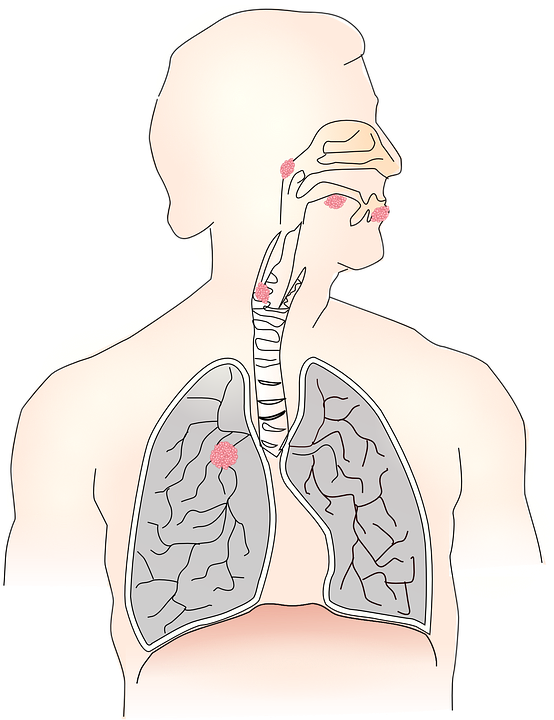 A recent study conducted by The University of Pittsburgh Graduate School of Public Health revealed that hard metal industry workers do not face an increased risk of lung cancer or another of the 63 potential causes of death.
A recent study conducted by The University of Pittsburgh Graduate School of Public Health revealed that hard metal industry workers do not face an increased risk of lung cancer or another of the 63 potential causes of death.
Hard metal is the second hardest substance on Earth — diamond being the first — and while softer metals, such as Stainless Steel 316, are commonly used for laboratory equipment, jet engine parts, boat fittings, food and pharmaceutical processing equipment, and chemical containers, the usages of hard metals range from metal cutting tools to blades and drill bits.
The study, which consisted of more than 32,000 workers in five countries, was conducted after previous French and Swedish countries suggested that the main ingredients in hard metal, tungsten carbide with a cobalt binder, may have connections to increased lung cancer risk. Industrial sheet metal may be the number one most common type of metal used in manufacturing, but tungsten was discovered 236 years ago in 1781 and was not applied to an industry for another 150 years, and this study is perceived as a relieving conclusion to many years of research.
“Our findings will affect regulatory agencies and how they set exposure standards,” said principal investigator Gary M. Marsh, Ph.D., biostatistics professor at Pitt Public Health and director/founder of the school’s Center for Occupational Biostatistics and Epidemiology. “It is very good news that the workers in this industry are not at increased risk of death due to the materials used in their occupation, both for the employees and for the hard metal industry.”
The results of the study were presented by its investigators on August 30 at the 26th annual International Symposium on Epidemiology in Occupational Health in Edinburgh, Scotland. They will also be published as a series of eight articles in an issue of the Journal of Occupational and Environmental Medicine.
The International Tungsten Industry Association initiated and funded the study and works as one of the main trade organizations for the entire hard metal industry. Partial funding was also contributed by The Pennsylvania Department of Health.
The process of manufacturing hard metal requires the heating of tungsten and carbide in order to form carbide powder. Then, cobalt or nickel powdered binders are added and the mixture is pressed into shape and heated to more than 1,000 degrees Celsius.
Since cobalt has been proven to cause cancer in animals in addition to being a significant lung irritator, workers are accustomed to wearing closed hoods and are fully equipped with respirators when handling the material.
Although no increased death was discovered in the study for hard metal workers, researchers did find “small excesses in lung cancer mortality among short-term workers who were employed in the hard metal industry for less than a year, compared with long-term workers,” according to the Insurance Journal.
“These findings in short-term workers are unlikely due to occupational factors in the hard metal industry,” said Marsh. “Instead they are more likely due to differences in lifestyle and behavior that could impact lung cancer risk, such as higher smoking rates.”

You must be logged in to post a comment Login